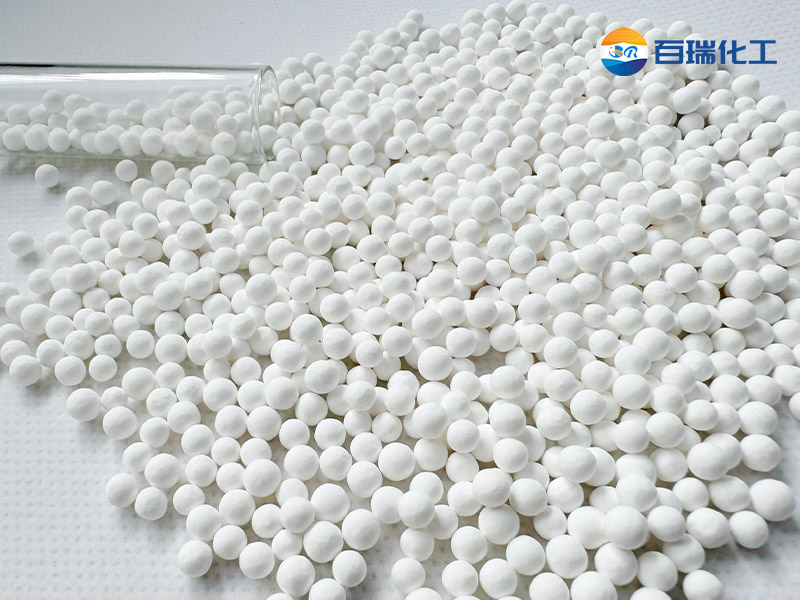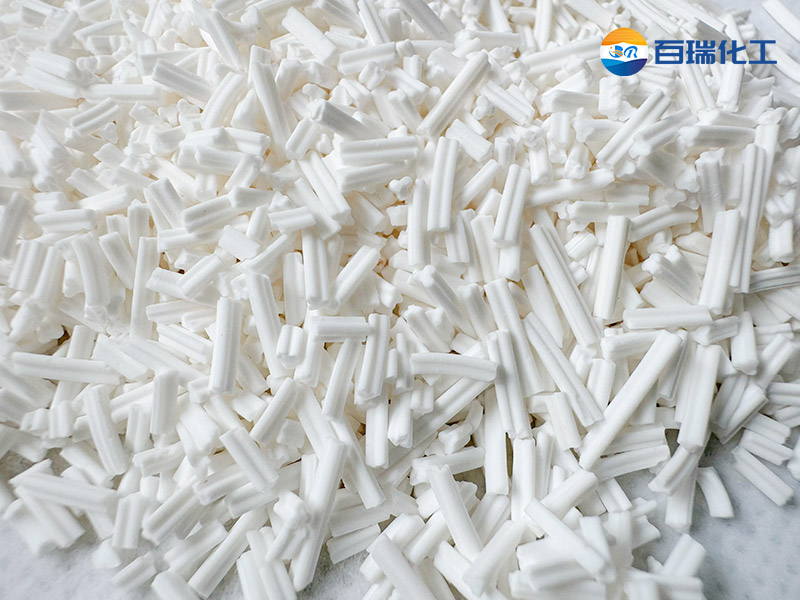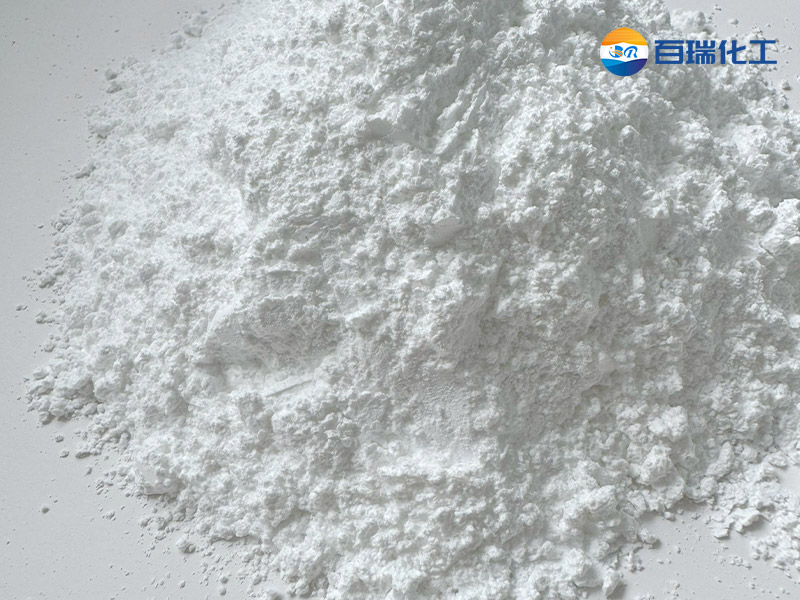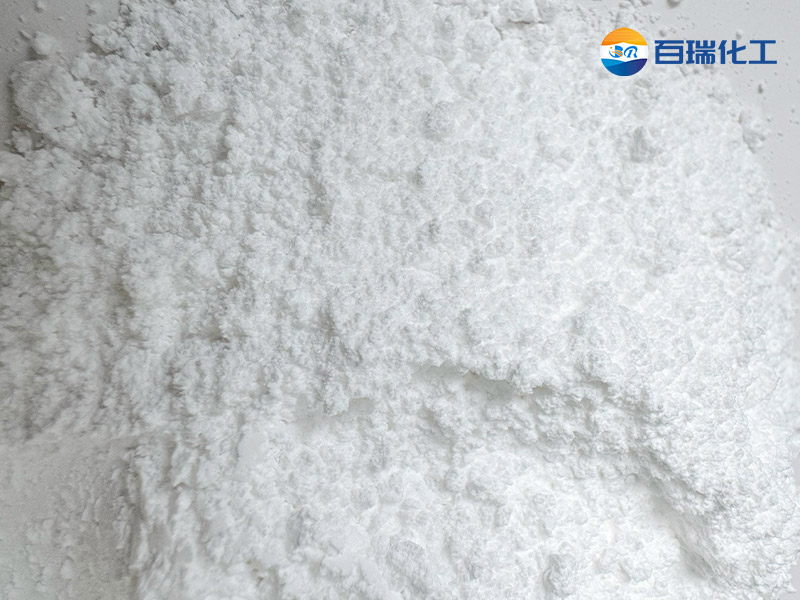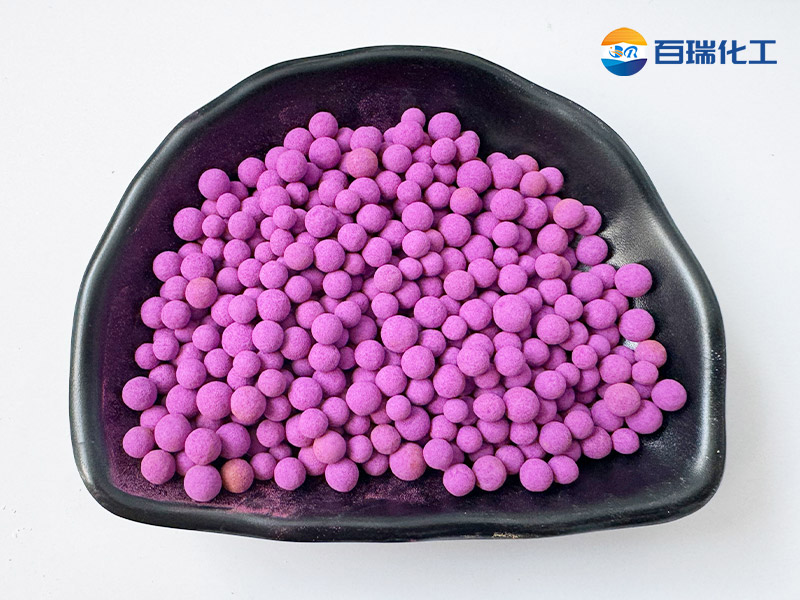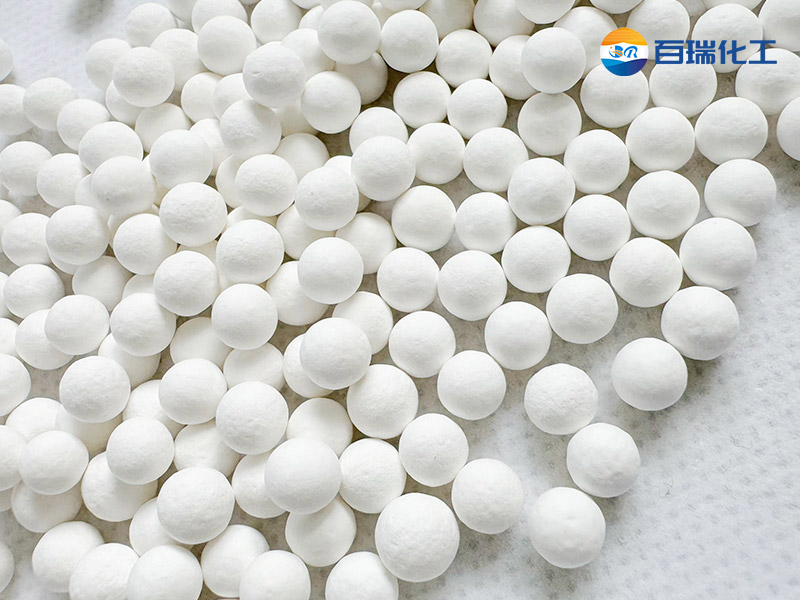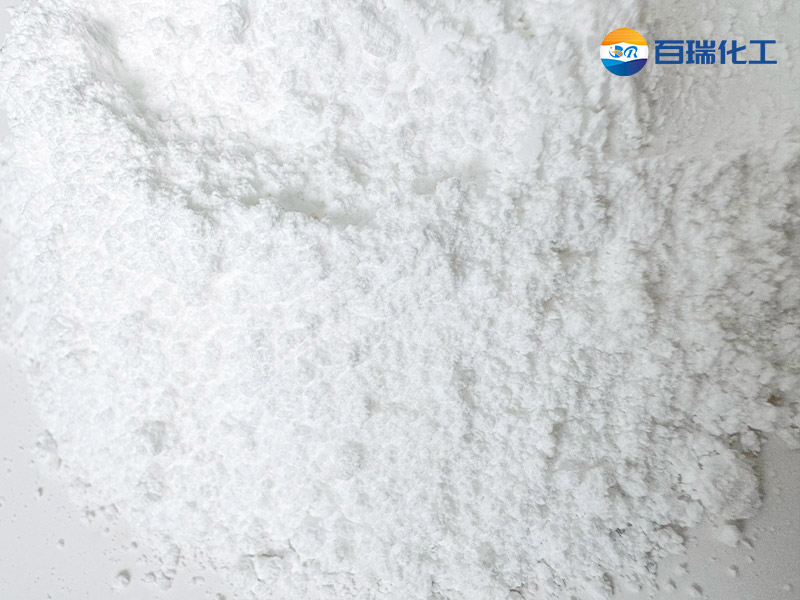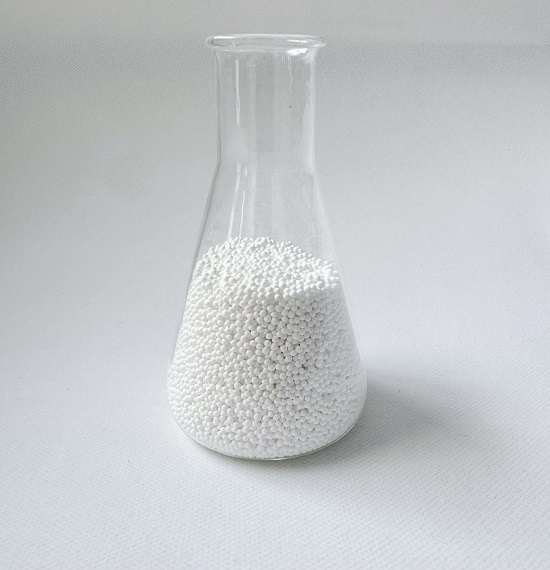1. Purification Mechanism of Activated Alumina
(1) Adsorption
The microporous and mesoporous structures of activated alumina can physically adsorb organic pollutants (such as dyes and pesticide residues) and some heavy metal ions in water. Its surface hydroxyl groups can also enhance the capture ability of polar molecules through hydrogen bonding or electrostatic effects.
(2) Ion Exchange
The surface of activated alumina is charged and can selectively exchange with anions in water. It has a particularly high removal efficiency for fluoride ions and is suitable for drinking water treatment in high-fluoride areas.
(3) Catalytic Degradation
Modified activated alumina (such as loaded with metal oxides) can catalytically decompose organic pollutants in water and convert them into harmless substances through redox reactions.
2. Core application scenarios
(1) Drinking water purification
Fluoride removal: Activated alumina is a recognized high-efficiency fluoride removal material that can solve the problem of excessive fluoride in groundwater.
Heavy metal removal: It has strong adsorption capacity for heavy metal ions such as lead, cadmium, and chromium.
Odor control: It adsorbs odor-causing substances such as sulfide and algae metabolites.
(2) Industrial wastewater treatment
Phosphorus-containing wastewater: It removes phosphates through ion exchange to prevent eutrophication of water bodies.
Printing and dyeing wastewater: It adsorbs dye molecules to reduce color and COD (chemical oxygen demand).
Oil-containing wastewater: It can be used for oil-water separation after hydrophobic modification.
(3) Special water treatment
Radioactive wastewater: It adsorbs radioactive ions such as uranium and cesium.
Ultrapure water in the electronics industry: It is used as a pretreatment material to remove trace ions.
3. Analysis of technical advantages
(1) High efficiency and selectivity
Activated alumina can selectively remove specific pollutants (such as fluorine and arsenic) by adjusting pH, pore size and surface modification, avoiding over-treatment.
(2) Physicochemical stability
It is acid- and alkali-resistant and high-temperature-resistant, suitable for complex water quality environments, and is not prone to dissolution or structural collapse after long-term use.
(3) Renewability
Adsorption capacity can be restored through acid/alkali washing or high-temperature activation, reducing operating costs.
(4) Environmental compatibility
The material itself is non-toxic and the reaction products are harmless, which is in line with the trend of green water treatment.
4. Key factors affecting purification effect
Water quality characteristics: pH, temperature, coexisting ions, etc. affect adsorption efficiency.
Material modification: Loading metals such as iron and manganese can enhance affinity for specific pollutants.
Contact mode: Process design such as fixed bed and fluidized bed determines treatment flux and effect.


